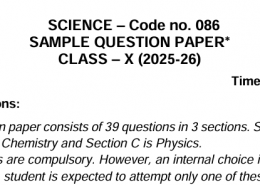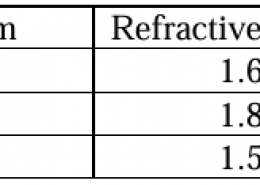The CBSE 2025–26 exam pattern includes MCQs, short answers, long answers, and case-based questions. For complete understanding and solved examples, Tiwari Academy provides detailed PDFs and guidance to help students score above 95% marks.
Home/CBSE/Page 2
Discussion Forum Latest Questions
Yes, CBSE has released the official sample papers for the 2025–26 session on its academic website. Students can also visit Tiwari Academy, which provides the latest CBSE sample papers, marking schemes, and expert solutions — ideal for scoring above 95%.
The CBSE has released the tentative date sheet for the 2026 Class 10 and 12 board exams, scheduled between February 17 and July 15. Download time table. CBSE date sheet 2026 out date of the board exam in 2026

